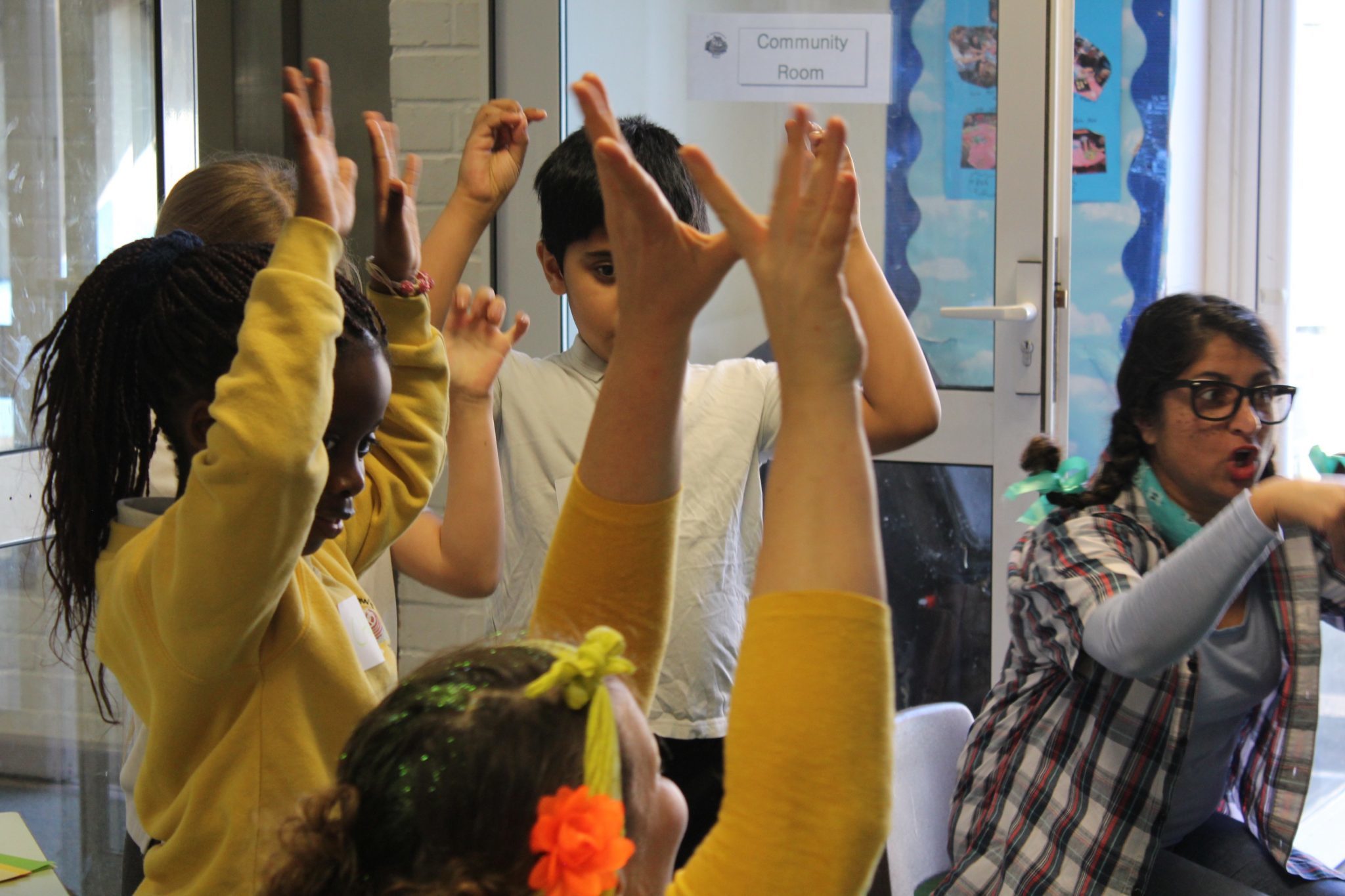Using elements of nature and the works of Deaf poet Richard Carter as starting points, Deaf and signing ONCA facilitators worked with Year 4 and 5 students from St Bartholomew’s School to generate responses incorporating the creative, playful use of sign language.
Funded by a Clore Poetry & Literature Award, this was a new, enriching experience for participants to explore and celebrate a multiplicity of approaches to interpreting, generating and sharing poetry. Key benefits to participants were increased self-confidence and expression of feelings among a group of learners with a range of additional learning support needs.
Do You Speak Seagull? from Lilian Simonsson on Vimeo.
Transcript
Children are spending all their time at school writing and reading so it’s nice for them to know that there is another way to communicate with the world using their hands. We had this idea about working with poetry and sign language and joining it all together. And encouraging the children to build confidence using sign language and communicating with BSL and creating poetry.
“My favourite thing about the project was when we got to find out things we never knew before.”
We devised a theatre piece which we then took into schools and we were characters. So I was Earth Soil and my sign was earth, soil. And the other two names are Sunny Sunshine and Rain Water and you’re going to me them. And then we just devised this whole piece really about how do we deliver sign language, how do we create poetry from sign language? It all became very much about nature connection. We started to see how very important nature connection is to work with children and particularly in inner cities.
“And my favourite part was when we planted our sunflowers, I really liked that. I liked it when we water it. I thought they were going to die but they didn’t.”
There was a very strong element of emotional intelligence which we found with sign language was very powerful. There was a game which we invented called ‘emotion ball’. Where we would make up this (blowing sounds) invisible thing and with our emotions make a happy ball and just pass it. And it was a way to really to start exploring emotions. So they all, we all wrote poems and are performing their poems and the poems are all written from the perspective of a seed. But I think its been quite exciting that they have learned how to see from the perspective of a plant or from the perspective of the soil.
When I arrived in the soil I felt the blazing yellow sun looking at me. Worried, I stepped out of the soil and saw a bird. A small bird. It tweeted happily at me, I looked at myself. I was the bird.
I feel really moved by that. So now we’re going to watch Richard. So if people, apart from Richard, move their chairs to here.
Richard Carter is here. He’s going to do the caterpillar poem. So let’s see how children respond to it.
It’s very important for the children to have some quiet time. Because in every day life there is so much noise, so much information and your brain is going crazy. Just to have that quiet time to open your eyes and get a different awareness and contact with people.
“Yeah and I liked the way how in my poem I turned into a goat. A sad goat and then a happy goat.”
“I’m glad I did it and I’ll probably use it on my Mum and Dad sometimes and trick them because they don’t know that much about it. “
When you see them now they are so confident. They have really come out of their shells. It’s opened them up and their hands are so expressive. It’s fabulous.
“We love sign language.”
“Yippee!”
—
Share on Twitter /
Share on Facebook
Posted on May 20, 2017
Categories: Artist Development, O N C A Projects
Tags: Schools Outreach, St Bartholomew's School, Transcripts, Videos
